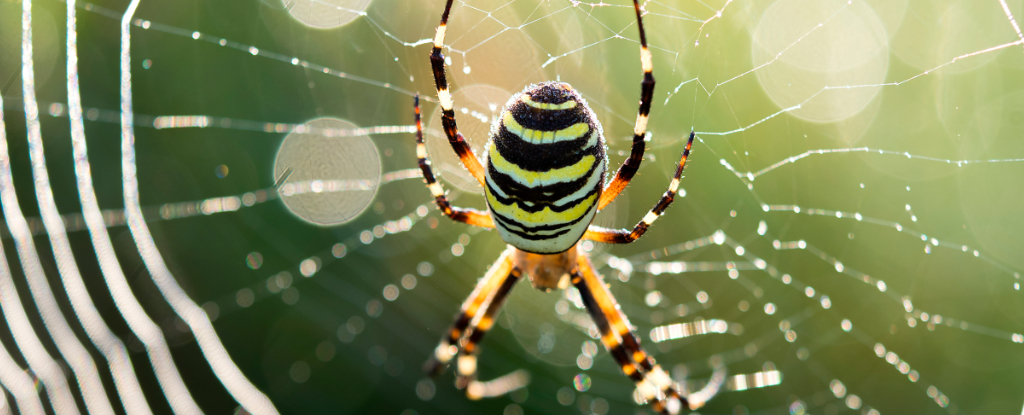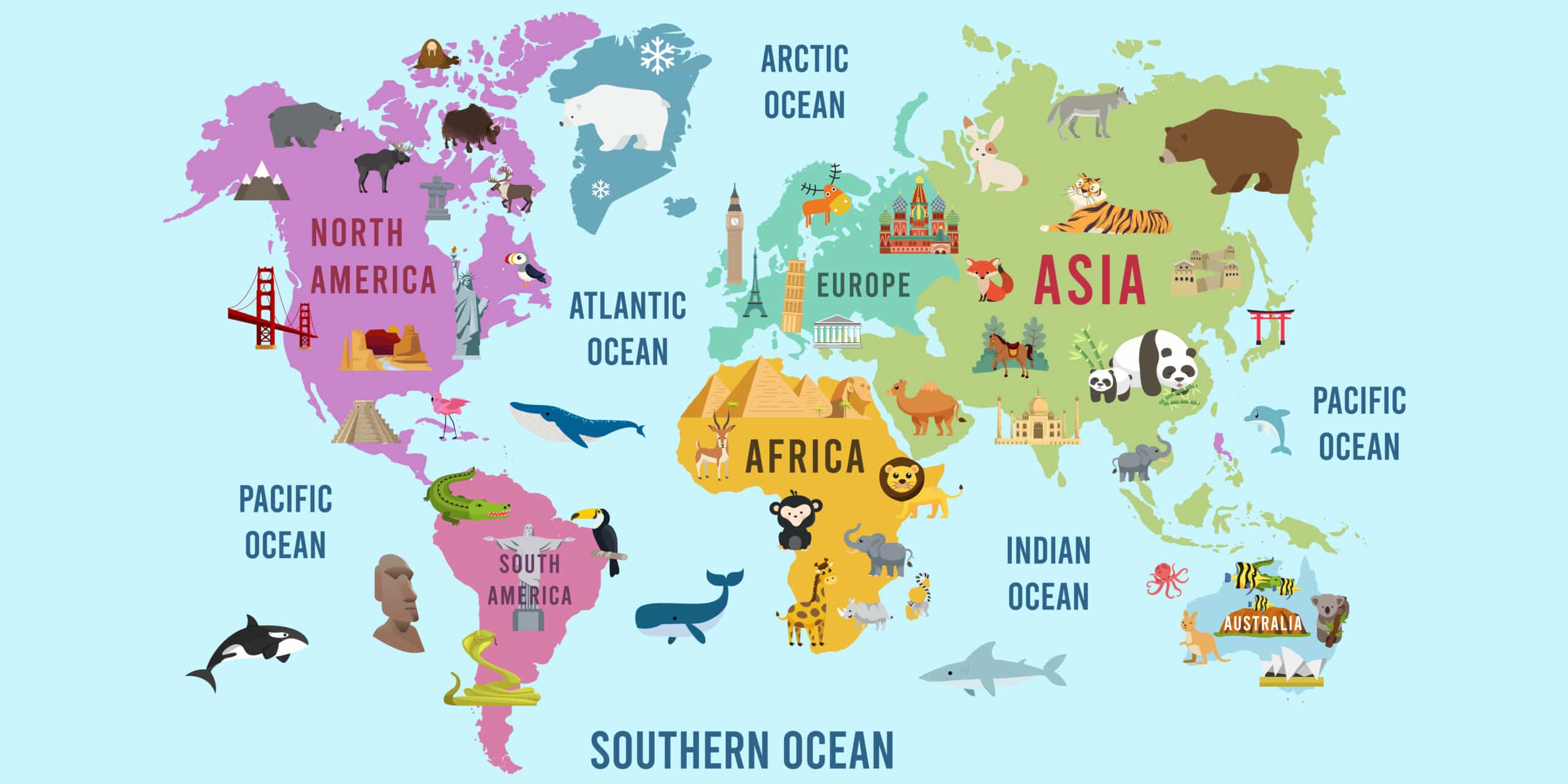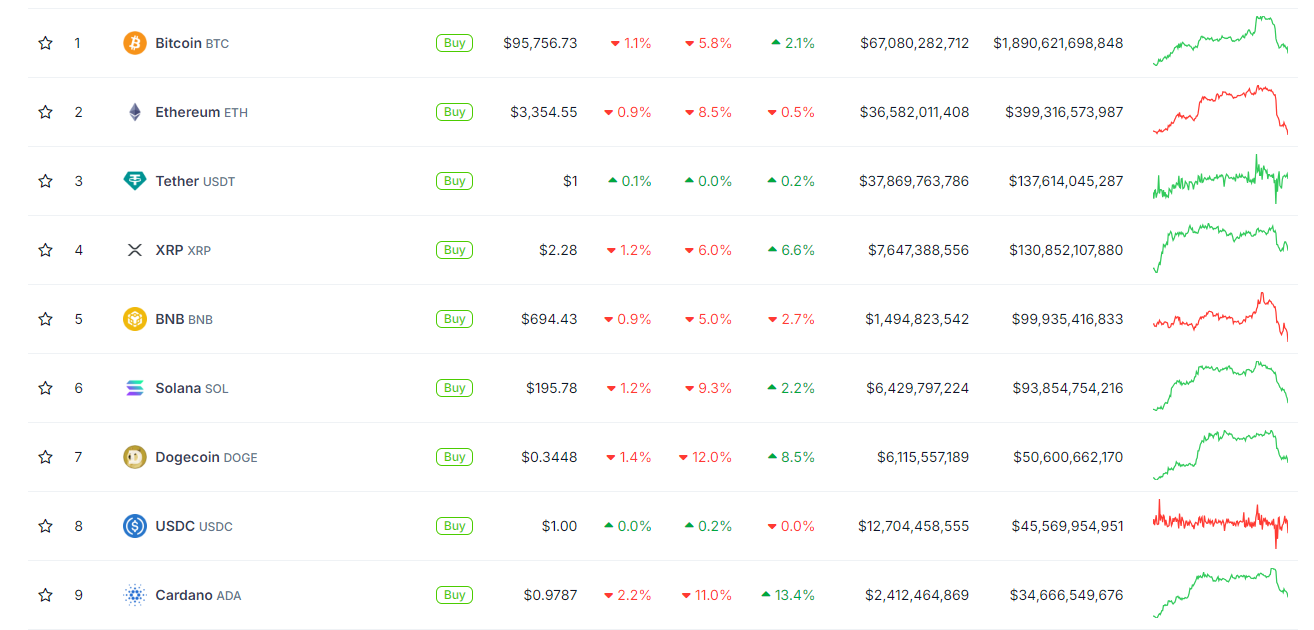
Radiologists can benefit from AI assistance
Amelie Benoist/BSIP/Universal Images Group via Getty
Artificial intelligence models really can help spot cancer and reduce doctors’ workload, according to the largest study of its kind. Radiologists who chose to use AI were able to identify an extra 1 in 1000 cases of breast cancer.
Alexander Katalinic at the University of Lübeck, Germany, and his colleagues worked with almost 200 certified radiologists to test an AI trained to identify signs of breast cancer from mammograms. The radiologists examined 461,818 women across 12 breast cancer screening sites in Germany between July 2021 and February 2023, and for each person could choose whether or not to use AI. This resulted in 260,739 being checked by AI plus a radiologist, with the remaining 201,079 patients checked by a radiologist alone.
Those who elected to use AI successfully detected breast cancer at a rate of 6.7 instances in every 1000 scans – 17.6 per cent higher than the 5.7 per 1000 scans among those who chose not to use AI. Similarly, when women underwent biopsies following a suspected diagnosis of cancer, those who were diagnosed with AI were 64.5 per cent likely to have a biopsy where cancerous cells were found, compared with 59.2 per cent of the women where AI wasn’t used.
The scale at which AI improved detection of breast cancer was “extremely positive and exceeded our expectations”, said Katalinic in a statement. “We can now demonstrate that AI significantly improves the cancer detection rate in screening for breast cancer.”
“The goal was to show non-inferiority,” says Stefan Bunk at Vara, an AI company also involved in the study. “If we can show AI is not inferior to radiologists, that’s an interesting scenario to save some workload. We were surprised we were able to show superiority.”
Over-reliance on AI in medicine has worried some because of the risk it could miss some signs of a condition, or could lead to a two-track system of treatment where those who can pay are afforded the luxury of human interaction. There was some evidence that radiologists spent less time examining scans that AI had already suggested were “normal” – meaning cancer wasn’t likely to be present – reviewing them for an average of 16 seconds, compared with 30 seconds on those that the AI couldn’t classify. But these latest findings have been welcomed by those specialising in the safe deployment of AI in medicine.
“The study offers further evidence for the benefits of AI in breast screening and should be yet another wake-up call for policymakers to accelerate AI adoption,” says Ben Glocker at Imperial College London. “Its results confirm what we have been seeing again and again: with the right integration strategy, the use of AI is both safe and effective.”
He welcomes the way the study allowed radiologists to make their own decisions about when to use AI, and would like to see more tests of AI performed in a similar way. “We cannot easily assess this in the lab or via simulations and instead need to learn from real-world experience,” says Glocker. “The technology is ready; we now need the policies to follow.”
Topics:
- cancer /
- artificial intelligence









Leave a Comment